What happened in the process of grinding coffee and making coffee by hand?
Professional coffee knowledge exchange more coffee bean information please follow the coffee workshop (Wechat official account cafe_style)
Friends who are new to the pit, after you get the boutique coffee beans, are you ready to start the process of hand-brewing coffee? are you confused by various hand-flushing parameters and water injection theory? Those things are complicated, but to put it bluntly, they are the category of extraction in the field of chemistry. Today, the editor will talk to you about all aspects of hand-made coffee from a scientific point of view.
Coffee tastes good because coffee beans contain thousands of chemicals that stimulate smell and taste, enter the air and run into your nose; dissolve into the water and crash into your taste buds. So you feel like you're in heaven, kissing angels (ahem).
From a scientific point of view, the process of brewing a cup of coffee is a chemical reaction of "extraction". Several elements of this chemical reaction will affect the result of extraction, that is, whether a cup of coffee tastes good or not. It will be affected by "raw material", "contact area (surface area)", "temperature" and "time".
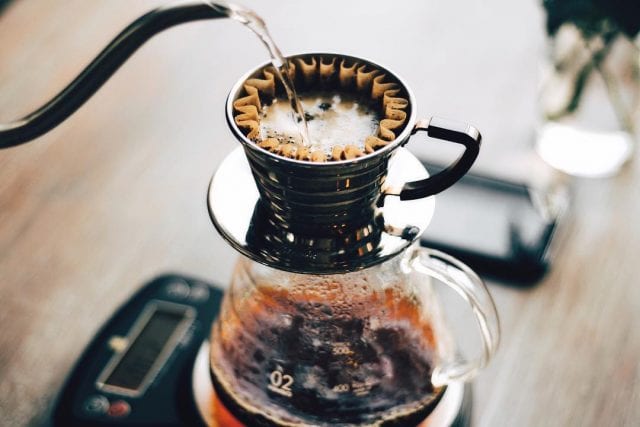
The raw materials of hand-brewed coffee
First of all, let's talk about raw materials. In the part of raw materials needed for extraction, we mainly summarized "coffee bean variety", "baking degree", "freshness" and "boiling water quality".
The variety and roasting of coffee are easy to understand. Most boutique coffee uses Arabica beans (Arabica) because it has more aroma and taste chemicals in it. Roasting converts the substances in coffee raw beans into more chemicals that bring aroma and taste. Baked beans after the stage is the same meaning, so that the chemicals have some delicious changes. If there is no certain chemical in the coffee beans, it is certainly impossible to extract them into the cup. Good coffee beans take you to heaven. That's what it means.
And the freshness of coffee beans will also affect his composition of substances, good preservation conditions, fresh and baked after drinking in a certain period of time, will help to taste a cup of delicious coffee.
Since brewing coffee is the chemical action of coffee beans (powder) and hot water, of course, the quality of water also has a place, generally said that the water quality contains a certain amount of minerals, that is, the so-called hard water, the coffee flavor will be more rich.
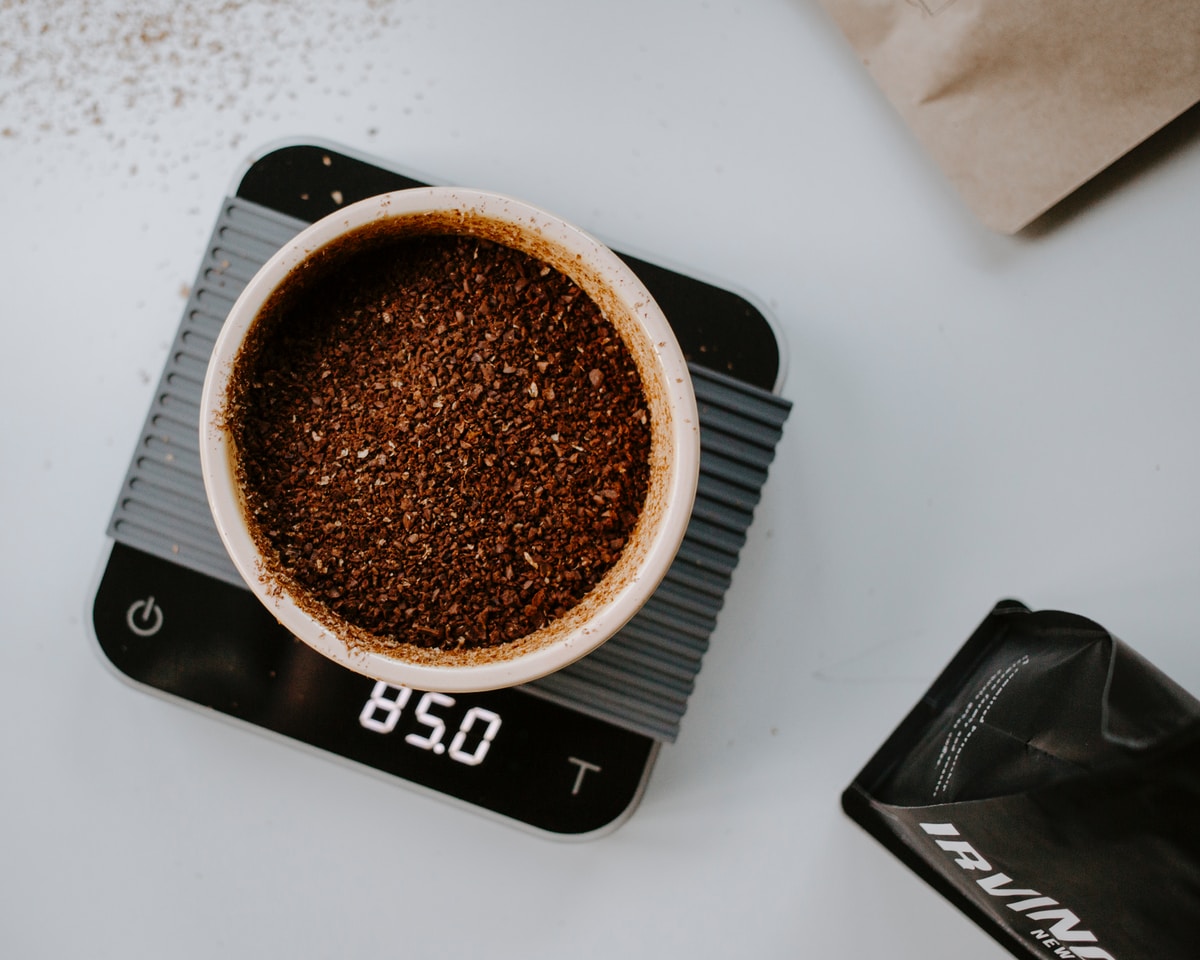
Contact area of reaction
Roughly speaking, everything in the universe is made up of atoms, and coffee is no exception, and the collision between atoms is the basis of various chemical reactions. The higher the probability of collision, the higher the probability of reaction. So when we grind the same weight of coffee into a finer powder, the reaction will have more contact area!
At the same water temperature and brewing method, the finer the powder is, the more coffee substance is extracted; the coarser the powder is, the less it is.
Another thing is that the coffee bean itself is not a uniform substance, and the chemicals are different from the outermost layer to the innermost layer. the finer the coffee is ground, the more likely it is to be extracted, which will also affect the taste.
Hand-brewed coffee is mainly affected by grinding beans, powder, thickness, extraction rate, surface area and other factors.
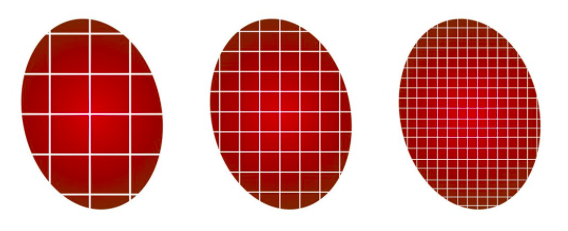
The grinding of coffee beans is the process of gradually magnifying the surface area.
Contact time
Under the same conditions, the longer the contact between water and coffee powder, the more coffee substances are extracted. This part is easy to understand, but discussing this idea with other links will begin to become more complicated.
When the coffee powder is thicker, the water flow is easier to pass through, and the residence time is shorter, so the extraction is less; the finer the coffee powder is, the easier it is to block the water between the coffee powder and the filter paper, and the contact time is longer, and the extraction is more.
The amount of water flow during hand flushing and the way of water injection will also affect the time for the water to stay on the filter paper. "cut off water" will increase the contact time, the more times the water is cut off, the higher the extraction.
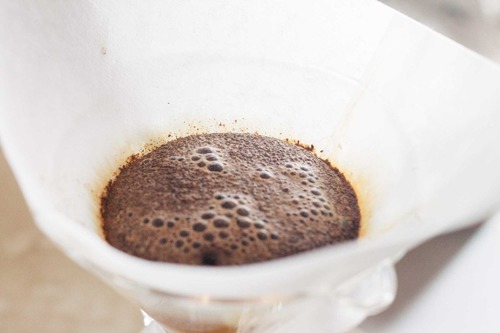
Reaction temperature
Temperature will affect the degree of vibration of atoms and molecules, and the degree of vibration will affect the probability of the reaction and the energy threshold of the reaction. To put it bluntly, the hotter the water, the more extraction reactions can take place. Another thing is that the substances extracted at different temperatures may be different. Generally speaking, the higher the temperature, the more bitter the extraction; the lower the temperature, the less the extraction and the more acid.
Generally speaking, we would recommend using 85-95 ℃ water to make coffee, but the water temperature will certainly drop during brewing, so some people will buy temperature-controlled pots, depending on how particular everyone is.
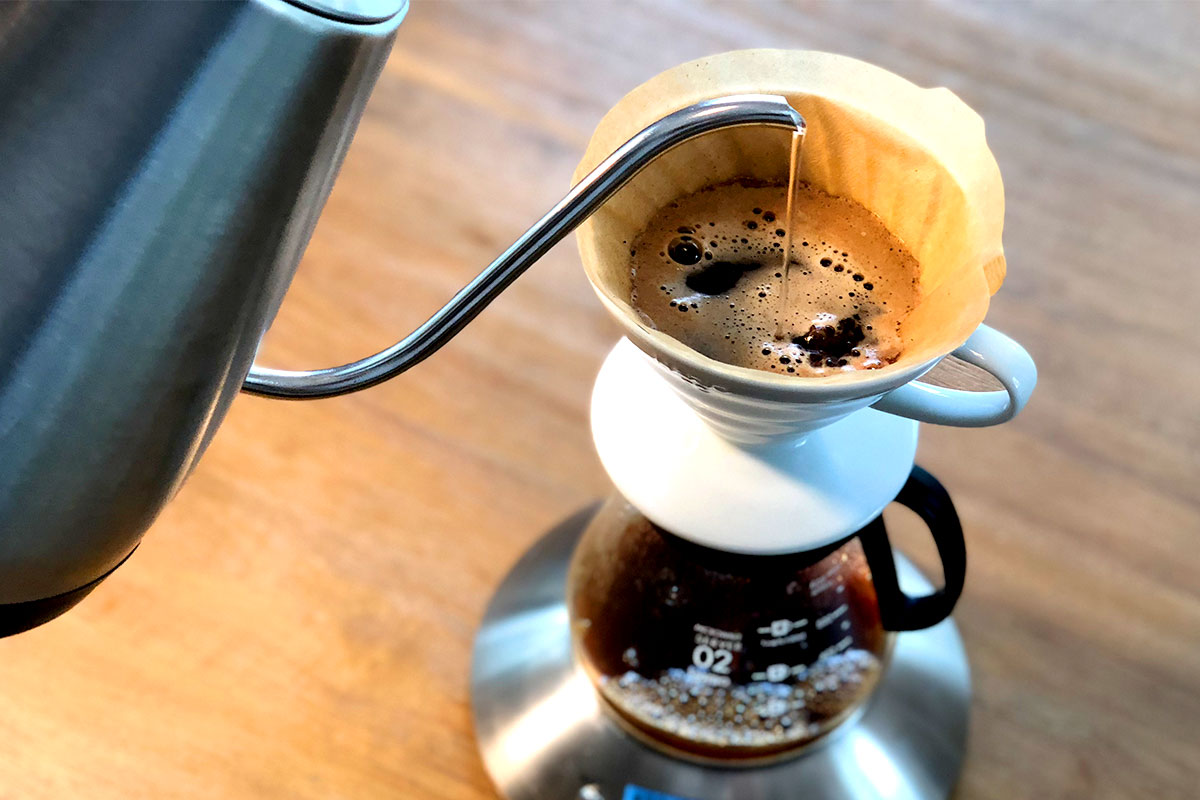
Extraction rate and concentration of brewing coffee
When we talk about the "extraction rate", we are talking about how much of the coffee powder has been taken away by water.
Assuming that the dried coffee powder was originally 20 grams, after brewing, drying and deducting the weight of the filter paper, leaving 17 grams, then we would say that the extraction rate is (20-17) / 20: 15%.
No matter how much water you use to extract, it is so much taken away from the coffee powder.
And when we talk about concentration, it refers to the amount of coffee substances other than water in this mixed solution when we brew a cup of coffee. For example, if we take 200ml (about 200g) hot water and pour out 202g of coffee, the concentration is (2020200g) / 202g / 2020.99% is about 1%.
It doesn't matter how much coffee powder you use, we focus on how much coffee liquid you flush out.
The extraction rate and concentration are independent by definition, but they are actually related because your concentration is affected by the coffee flavor particles extracted. But remember that the above definition does not represent the actual situation, the actual situation is that a lot of water will remain on filter paper and coffee grounds.
Speaking of which, we also made a cup of coffee. Tasting boutique coffee is also a dance of temperature, time, taste buds and smell. As the temperature decreases over time, the sour taste will become more obvious, and the aroma will change. This is the most interesting part of boutique coffee.
END
Important Notice :
前街咖啡 FrontStreet Coffee has moved to new addredd:
FrontStreet Coffee Address: 315,Donghua East Road,GuangZhou
Tel:020 38364473
- Prev
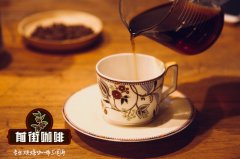
What are the grading systems of Jadeite Manor and what are their characteristics?
Professional coffee knowledge exchange more information about coffee beans Please follow the coffee workshop (Wechat official account cafe_style) Geisha sounds like a Japanese geisha, hence the nickname. The rise of Rosa coffee beans is undoubtedly the most famous legend in the boutique coffee industry since the 21st century. There is an extraordinary legend of Rosa coffee beans. It turns out that this coffee bean originated in southwest Ethiopia in Africa.
- Next

As a major event in the industry, wce World Coffee Competition is held in detail.
Coffee Workshop (Wechat official account cafe_style) World Coffee tournament Organization (WCE), headquartered in Dublin, Ireland, was founded by the Fine Coffee Association of America (SCAA) and the European Association of Fine Coffee (SCAE) and is a pioneer in hosting world-class coffee events. Organized by WCE at the present stage
Related
- The milk tea cup becomes smaller?! Overlord Tea Girl launches a new "Return to Yunnan" series
- Accused of selling counterfeit and high-priced coffee beans! Well-known boutique coffee brand "Oukelao" bowed and apologized!
- How to make espresso dumplings? Can I eat coffee and glutinous rice balls together?
- Save the unformed and stagnant powder cakes in one second! What is the problem with stagnant water in the powder bowl of the espresso machine?
- What does hand-brewed coffee stop mean? Why is it not recommended to make coffee by hand?
- Is it normal to smell like coffee? Why does coffee smell like alcohol? What's wrong with the strong smell of cold extract ice dripping ice brewed coffee?
- How to solve the problem that hand-brewed coffee extraction takes too long? Why is the water flowing so slowly when making coffee?
- The main points of making Australian white coffee, the proportion details, how does Australian white properly foam and blend the flowers?
- Can ice water make cold extract coffee? What is the difference between room temperature water and ice water for making cold coffee?
- What milk is best for making latte and white Dirty coffee? What is the difference between different brands of fresh milk and pure milk for making coffee?

